SS Minnehaha Expedition Report 2024
Expedition Dates: June 1–6, 2024
Report by : Peter G. McCamley
The SS Minnehaha, a British ocean liner, sank 12 miles south of Baltimore, Ireland, on September 7, 1917, after being torpedoed by the German U-boat U-48 during World War I. This monumental 14,000-ton ship, built in 1900 by Harland & Wolff in Belfast, was an emblem of the transatlantic shipping industry, ferrying passengers and cargo between London and New York. Today, its wreck lies in approximately 93 meters (305 feet) of water, a haunting reminder of wartime peril and maritime history .
Building on initial dives in 2022 and a cancelled expedition in 2023, Project 17 returned in June 2024 to further document and assess the condition of the wreck. This comprehensive report details their findings and insights gained during the six-day mission.
The SS Minnehaha: Historical Context
When launched in 1900, the SS Minnehaha was celebrated for its robust design and versatility. Built by Harland & Wolff, famed for constructing the Titanic, the Minnehaha was part of the Atlantic Transport Line, a shipping company catering to high-class passengers and transporting cargo, including livestock and valuable goods.
The ship was 600 feet (183 meters) long, with a steel hull, four masts, and a single funnel. Powered by quadruple-expansion steam engines, it could reach speeds of up to 16 knots. While primarily a cargo ship, the Minnehaha offered luxurious accommodations for a limited number of passengers .
In its 17 years of service, the vessel endured several mishaps. In 1910, it grounded on the Scilly Isles but was refloated with little damage. However, its most significant—and final—incident occurred in 1917. Armed for self-defense, the Minnehaha was en route from London to New York carrying general cargo when it was struck by a torpedo. Despite efforts to tow the ship, it sank swiftly, claiming 43 lives.
The primary goals of the 2024 expedition were to:
- Assess the wreck’s structural condition after over a century underwater.
- Capture high-resolution images and video footage for historical preservation and further study.
- Investigate previously unexplored sections, particularly the stern.
Given the depth of the wreck, the expedition required expert divers equipped with advanced rebreather technology to manage the technical and environmental challenges.
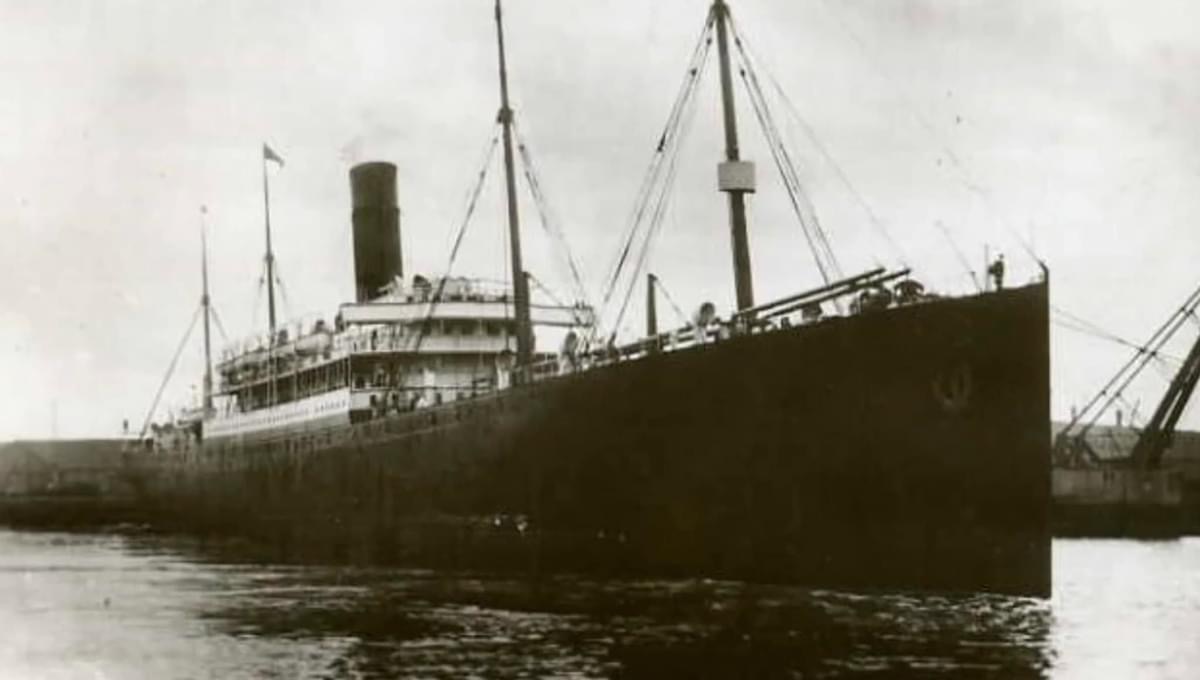
Interiors Rooms
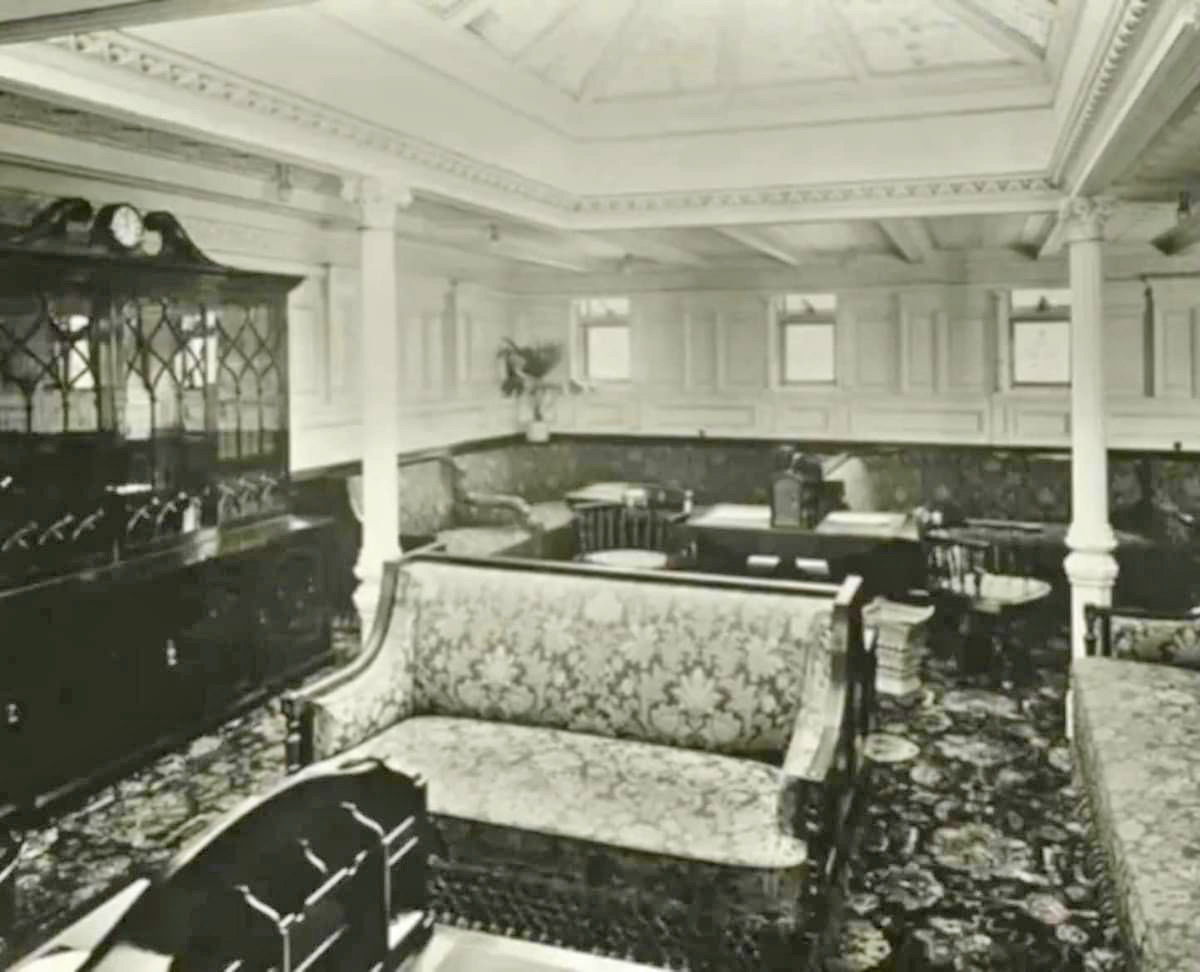
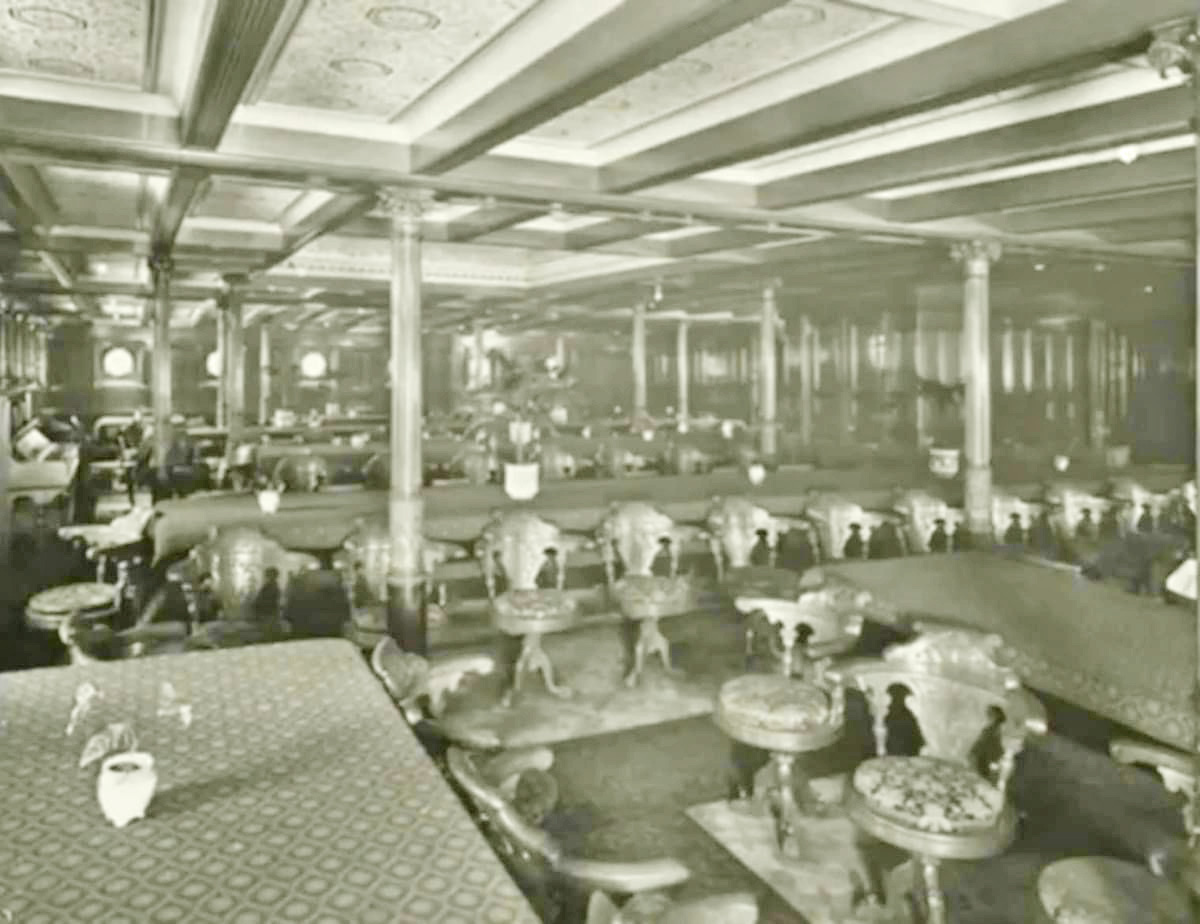
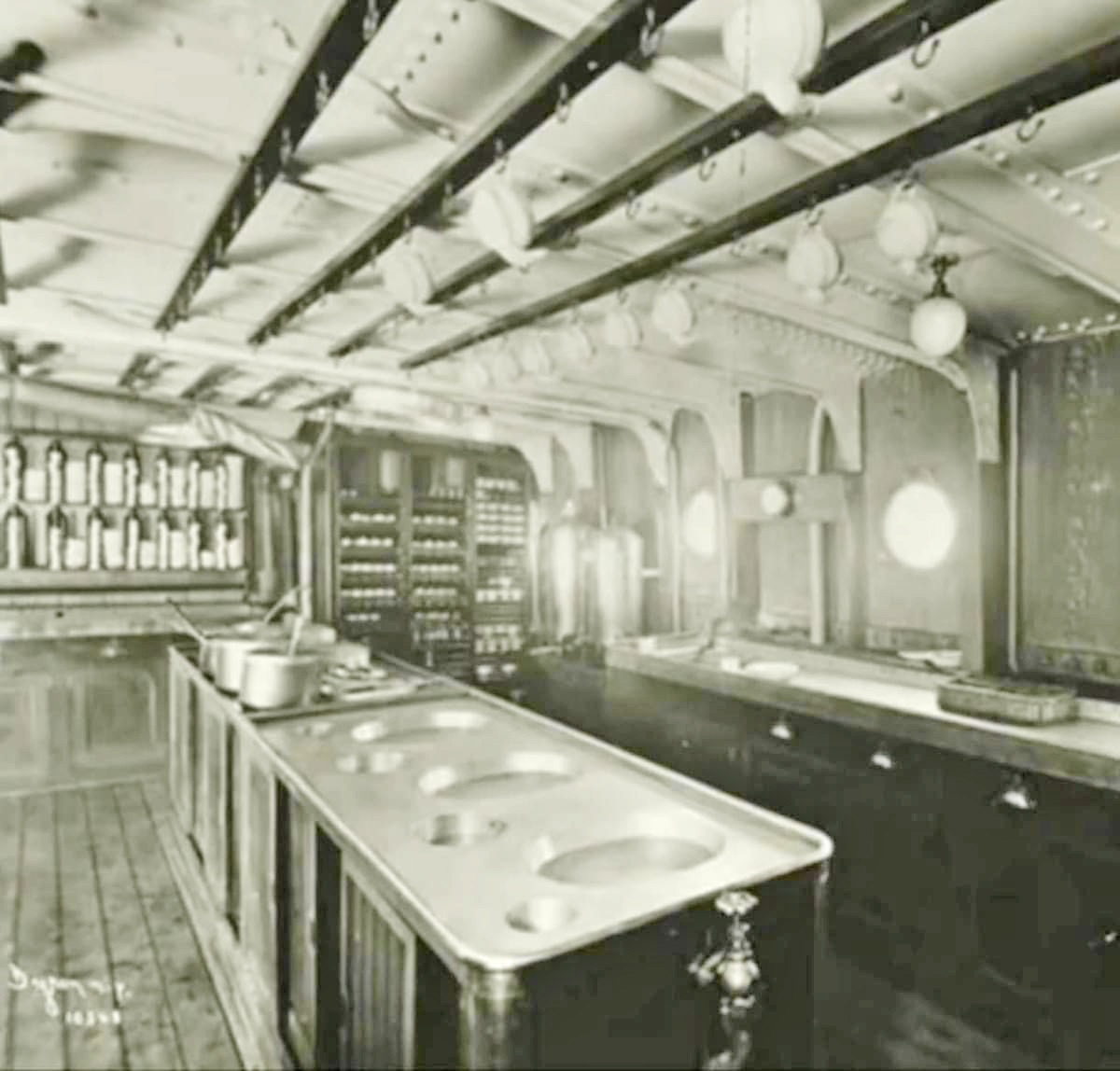

Daily Mission Log
Day 1: Saturday, June 1
The expedition began with near-perfect conditions. Calm seas and excellent visibility allowed the dive team to position the shotline forward of the bridge, providing access to the bow area. Key features, including the anchor, anchor chains, and winches, were observed and documented. These items remain relatively well-preserved, offering insights into the ship’s original design and functionality.
Day 2: Sunday, June 2
Another day of ideal conditions facilitated the team’s journey to the wreck site. Diving commenced at 11:00 a.m., with the focus shifting to the midship area. Here, a collapsed mast lying toward the starboard side marked the team’s location. The midship section revealed a wealth of details and artifacts, prompting further exploration in this zone over subsequent dives.
Day 3: Monday, June 3
The team revisited the midship area, capturing detailed footage of its layout and the condition of various components. The early summer timing of the expedition provided crystal-clear water, though temperatures at the wreck remained a frigid 8°C. Despite these challenges, the divers made significant progress in cataloging features and recording visual data.
Day 4: Tuesday, June 4
Force 6 winds rendered diving conditions unsafe, leading to the day’s cancellation. Instead, the team used this downtime to analyze footage and refine their plans for the remaining dives. This unexpected break highlighted the unpredictable nature of offshore operations and the importance of adaptability in such missions.
Day 5: Wednesday, June 5
Faced with worsening weather forecasts, the team initiated an early start. Departing at 5.30a.m., they revisited the bridge area. This dive underscored the deteriorating state of the wreck, with the superstructure completely collapsed, likely due to a combination of time, pressure, and environmental factors. The stark reality of this destruction underscored the importance of ongoing documentation efforts.
Day 6: Thursday, June 6
The final day began with an early dive focused on the stern section, an area previously unexamined by the team. This exploration yielded new perspectives on the ship’s layout and offered a glimpse into sections still relatively untouched. However, worsening weather conditions forced the expedition to conclude a day early, truncating their planned seven-day mission.
Technical Diving Operations
The dive team consisted of eight highly skilled individuals, all utilizing rEvo CCR (closed-circuit rebreathers), a cutting-edge technology essential for deep technical dives. The equipment allowed the divers to remain underwater for extended periods, enabling them to thoroughly explore and document the wreck.
Team Members
- Pierre Bollenberg
- Stijn Vandenberghe
- Nick Cunningham Moorat
- Sven Van Haelst
- Rez Soheil
- Matthias Minnibo
- Pieter Decoene
- Peter McCamley
Support Crew
- Skipper: John Gillen
- First Mate: Kevin Shanahan
Researcher
- Stuart Williamson
The operation relied on the Seahunter, a dedicated dive platform owned by Gavin Tivey.
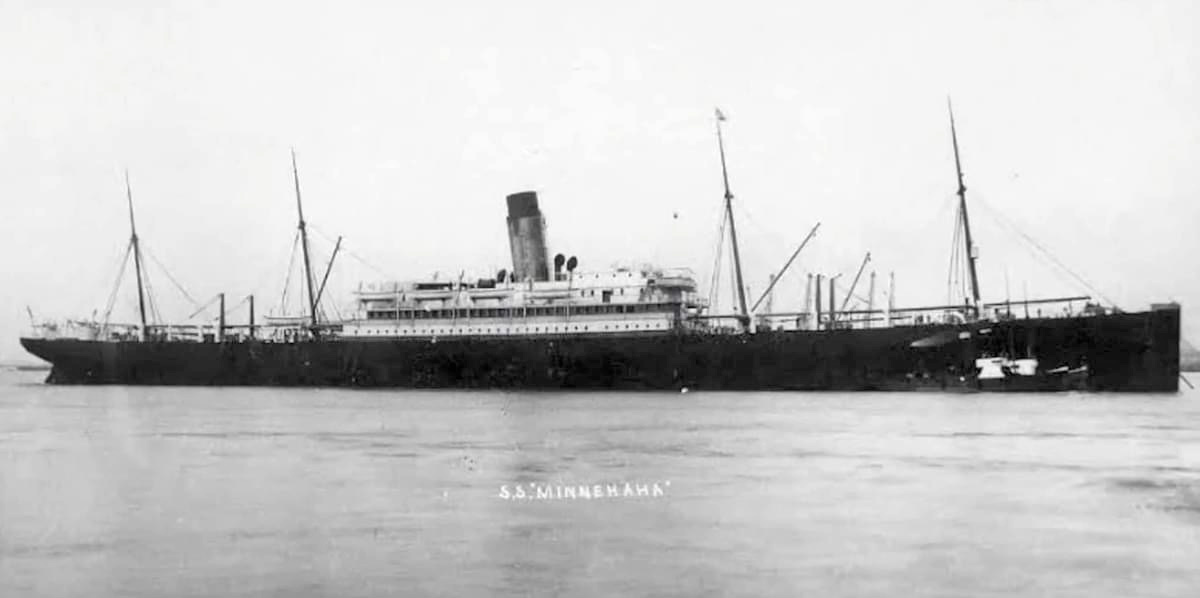
Challenges and Insights
The SS Minnehaha’s wreck, though over a century old, continues to tell a powerful story. However, its condition is rapidly deteriorating. The collapsed superstructure observed during this expedition highlights the urgency of these documentation efforts. Time, coupled with underwater currents and environmental pressures, is gradually erasing this significant piece of history.
The team’s findings added valuable data to the growing body of knowledge about the Minnehaha, including its structural layout and the effects of prolonged submersion. Despite setbacks from inclement weather, the mission was a success, offering new insights into the wreck’s state and history.
The Role of Historical Preservation
This expedition forms part of a broader effort to preserve and document underwater cultural heritage. The SS Minnehaha is more than just a shipwreck—it’s a historical artifact representing a pivotal era in maritime history. By capturing high-quality images and video, the team ensures that future generations can study and appreciate this remarkable vessel, even as nature takes its course.
The 2024 mission builds on the foundation laid by previous explorations, including the work of Jon Corlette and Eddy Deboeck in 2022, whose videography significantly enhanced the project’s archival material.
Acknowledgments
The success of this expedition would not have been possible without the support and collaboration of numerous individuals and organizations:
- Dr Connie Kelleher and the Underwater Archaeology Unit (UAU) for securing the necessary government license.
- Colin Barnes, owner of the wreck, for granting permission to dive.
- Stuart Williamson, marine artist and historian, whose expertise continues to aid Project 17 in piecing together the Minnehaha’s story.
Special thanks also go to the dive platform team, support staff, and everyone who contributed to the logistical and operational success of this mission.
Looking Forward
The 2024 expedition reaffirmed the importance of ongoing exploration and documentation.
Plans are already underway for a 2025 mission to continue where this team left off, focusing on further exploration of the stern and other unexplored sections of the wreck.
For more information about the SS Minnehaha and the team’s efforts, visit:
- Wrecksite Minnehaha https://wrecksite.eu/wreck.aspx?10391
- Wikipedia – SS Minnehaha https://en.wikipedia.org/wiki/SS_Minnehaha
Report by : Peter G McCamley
